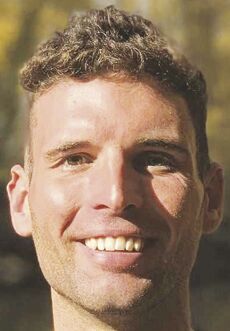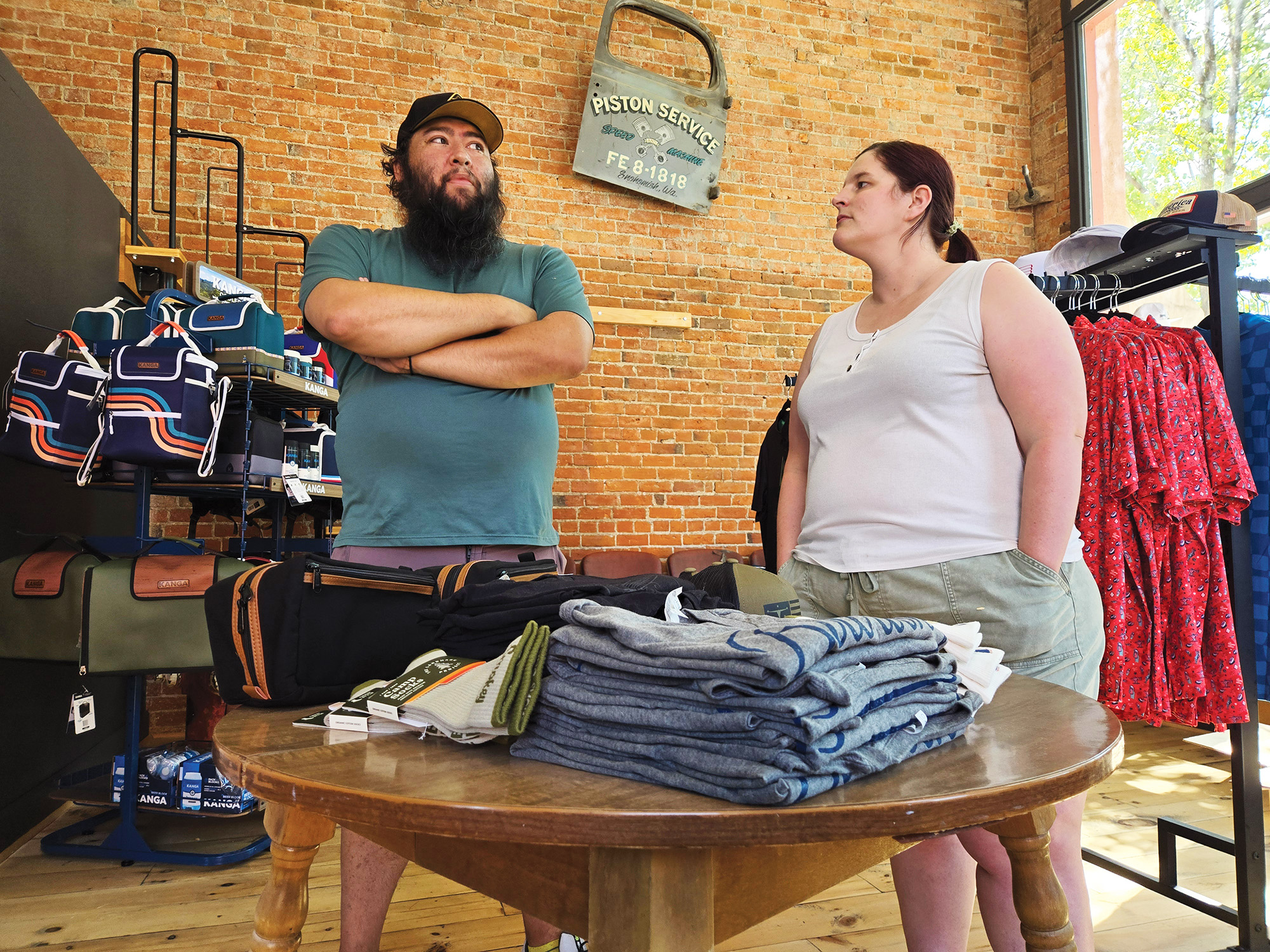Caught Ovgard: Fishing the Trojan Course
Published 3:00 am Saturday, January 20, 2024
Historians disagree whether the Trojan horse was a myth, a metaphor or an account of a real strategy employed by the ancient Greeks. Regardless, it has survived the test of time and outlived any other horse — real or imagined.
Trending
The Trojan horse teaches us the dangers of unchecked hubris, the power of creativity and reminds us that not everything is at it seems.
Given the war was fought over a beautiful woman, it also tells us men will do anything or go anywhere for women — even Helen back. But women are hardly the only thing worth making sacrifices for. You can hear my marital status in that statement, but it rings true.
I have yet to buy anyone a diamond, but for the first time this week, I was able to pursue my passion with a Diamond.
Trending
Dixie
Dr. Alvin Diamond is a professor at Troy University in the town of Troy, Alabama. He completed his undergraduate work at Troy before completing his graduate work at nearby Auburn University. His career has been devoted to education and the natural world, where his focus has been biology, botany and the natural resources of Troy’s beautiful campus.
In addition to running the arboretum, restoring and maintaining native flora and teaching classes in a variety of natural sciences, Dr. Diamond has also sampled some of the creeks on campus and recorded his findings on the iNaturalist website.
iNaturalist (iNat) is a site dedicated to citizen science where anyone can post “Observations” of any flora or fauna they find in a given area. The crowdsourced data is great for identification, research or recreational purposes. As a guy who lives to catch obscure fishes in obscure places, iNat is one of my favorite resources.
Scrolling through iNat, I noticed a cluster of observations for brown darters, Etheostoma edwini, in this region. I have not caught a brown darter, despite several attempts.
My friend, Dominick Porcelli, mentioned that he and another friend, Steve Wozniak, met up with Dr. Diamond to fish and had a great time with the professor. Dom suggested I reach out.
I sent Dr. Diamond a message on iNat, and to my surprise, he not only replied right away but invited me to come down and fish with him.
After my training day ended on a Monday afternoon, I drove the hour or so to Troy. Dr. Diamond greeted me with a big smile at the arboretum grounds, insisted I call him Alvin, and I geared up.
As we walked, I was impressed with Alvin’s encyclopedic knowledge of the natural world around us, as well as his kind and open demeanor. I thanked him profusely for taking the time to fish with me, and he told me “People don’t always think highly of Alabama, so I want to give people the right impression and change the way they think about us.”
I liked that.
We promptly caught a few Dixie chubs, Semotilus thoreauianus. What better welcome to the Alabama than to catch a fish named Dixie?
One of Alvin’s students, the aptly-named Fisher, joined us, and I let him use my tenkara rod to catch his own Dixie chub before we headed across campus for the brown darter.
Trojan course
We moved to the golf course, where Alvin told me he’d sampled numerous brown darters. I jumped in and waded barefoot up the sandy stream while a pair of golfers finished a round and both Alvin and Fisher directed me from shore. I did find a single brown darter and even got a halfhearted nip before it disappeared into the thick vegetation. I ambled up the bank, over the edge and back onto Troy’s manicured golf facilities, which I insist should be called the “Trojan Course” in perpetuity.
My normal experience on the golf course involves spending a lot of time in the rough, so that night was no different. Fisher left to study, but Alvin invited me to fish a small stream on his property, and I accepted.
Coursework
We parked on a dirt road and traipsed through the vegetation to the water. Alvin gave me a name for the above-ground roots I often trip on when fishing the South, the bald cypress, Taxodium distichum. He informed me that trees need oxygen in addition to carbon dioxide (I didn’t know this), so the roots reach above ground and into the air to extract oxygen even while the forest floor is flooded — a common occurrence in this habitat.
We made it through the root stands to the sandy, tannic creek. Wading around, we used headlamps to spot minnows and darters in the quiet waters.
We weeded through ubiquitous weed shiners, Notropis texanus, and blackbanded darters, Percina nigrofasciata, as well as a few less common but still not new species.
Then, I hit paydirt. Well, paysand.
The small, colorful darters stood out when contrasted against the sandy bottom. They refused my tiny fleck of worm at first, but I’m nothing if not persistent. Eventually, I caught a coastal darter, Etheostoma colorosum. Latin for “abundant color,” colorosum refers to the spawning males, but even in their non-spawning coloration, the fish are beautiful.
I put one in my rectangular glass vase, wiped the condensation from the glass with a small towel and snapped some photos.
Alvin suggested we try another habitat type further upstream. We moved to quieter water with even less current, submerged logjams and a deeper pool. I fished the margins at first but quickly moved to a small, isolated pile of submerged lumber. Peering down, I noticed the pointy nose of what appeared to be a logperch — a large type of darter that looks quite similar to the yellow perch, Perca flavescens, with which most readers are familiar.
I asked Alvin if he’d found logperch there before, and he indicated he pulled one up in his seine net once. Angling my beam away from the logjam while simultaneously dropping a larger bit of worm next to the woodpile, I coaxed the fish out, set the hook and pulled up a southern logperch, Percina austroperca.
It was the second new species of the night, and a high note to end on. I was grateful Alvin gave me a chance to experience a taste of the coursework his field biology students get every semester.
We both had work the next morning, so we parted ways with a handshake.










